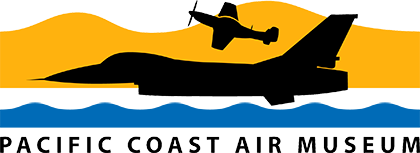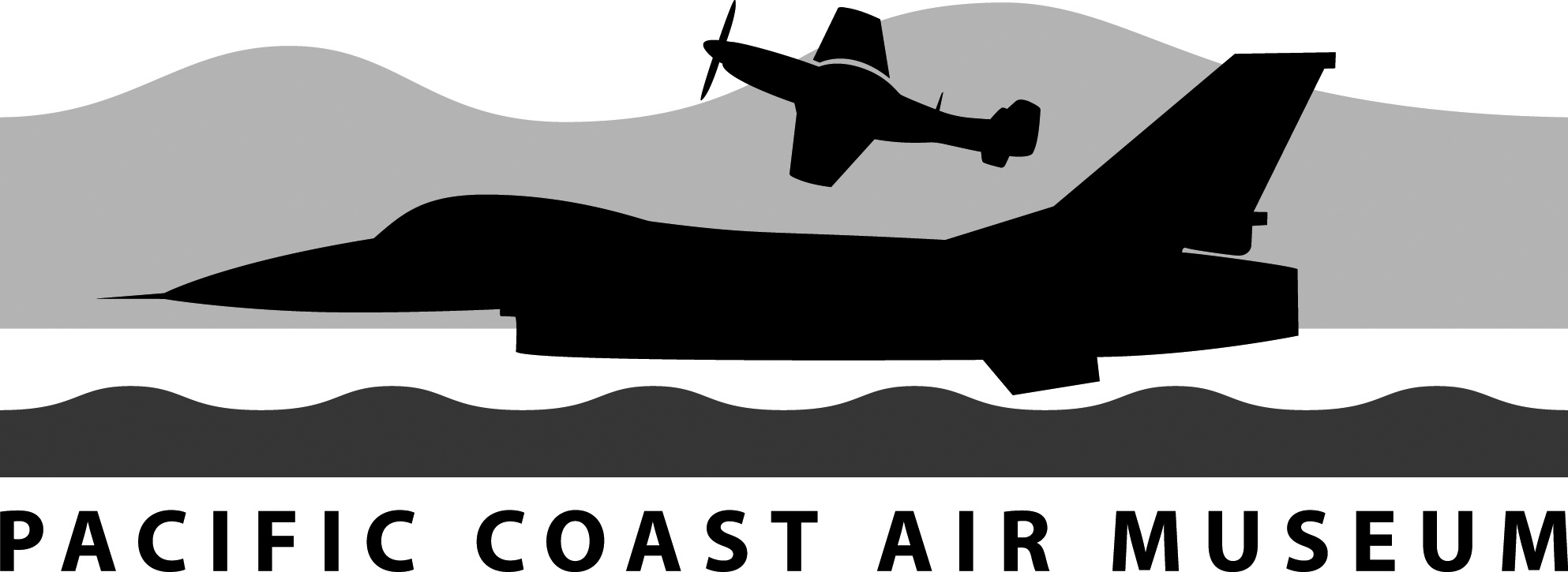T-37 Tweet History
Cessna Aircraft Company developed the XT-37 in response to a military specification for a turbojet-powered trainer. Cessna model 318 first flew in October of 1954 and won the contract. Used primarily as a trainer, the T-37 was nicknamed the “Tweet” by its primary users, pilots in training. During the lifespan of the program, a light attack version of the aircraft, the A-37, was developed.
As we get specific history information for this aircraft, we will update the site.
T-37 Tweet Specifications
Wingspan
35 ft 10.5 in
Length
28 ft 3.25 in
Height
8 ft 10.5 in
Maximum weight
8,700 lbs
Two: Trainee and instructor pilot
Maximum speed
425 mph
Cruising speed
350 mph
Range
650 miles
Service Ceiling
35,000 ft
Two Continental J69-T-25 turbojets 1,025-lb thrust
Jim Mattison



















